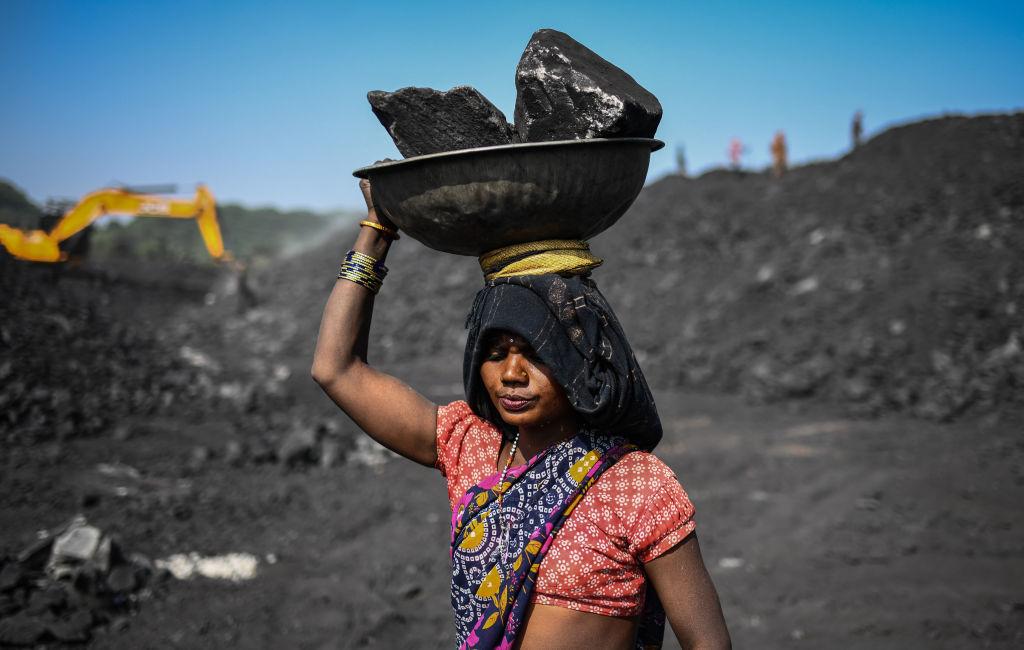Commentary
One of the themes in my Epoch Times articles is how the whole world is not following California down the primrose path to green insolvency. Californians are suffering high costs, with many leaving, for nothing.

One of the themes in my Epoch Times articles is how the whole world is not following California down the primrose path to green insolvency. Californians are suffering high costs, with many leaving, for nothing.